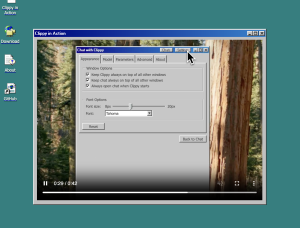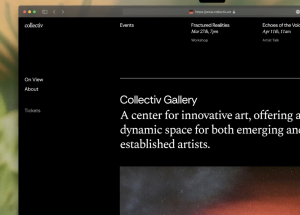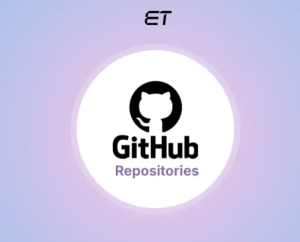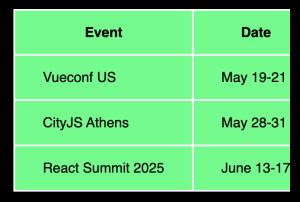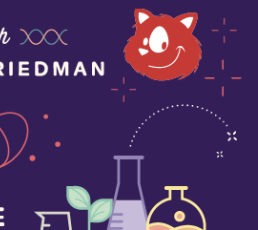Best AI Tools in 2025
Artificial Intelligence (AI) is changing how we work, live and make decisions in today’s world. It has progressed quickly, influencing different industries in various areas. Hence, AI tools have become a vital part of our everyday lives, from improving creativity to helping businesses streamline operations. These tools have only gotten better as 2025 approaches, offering…



